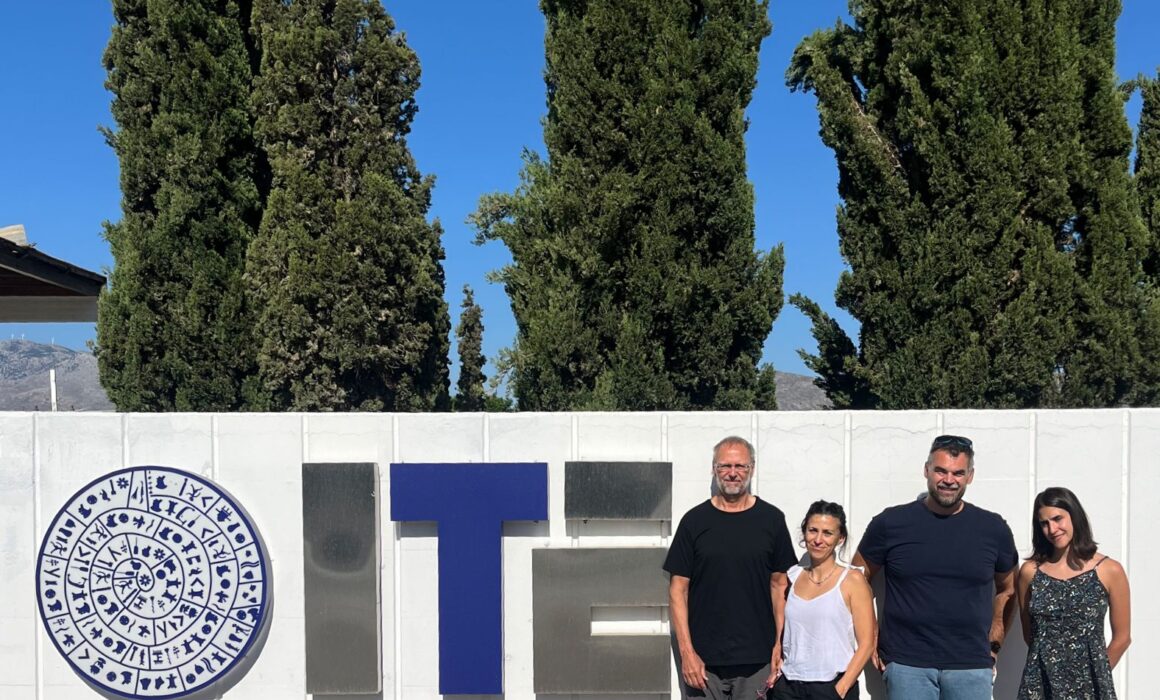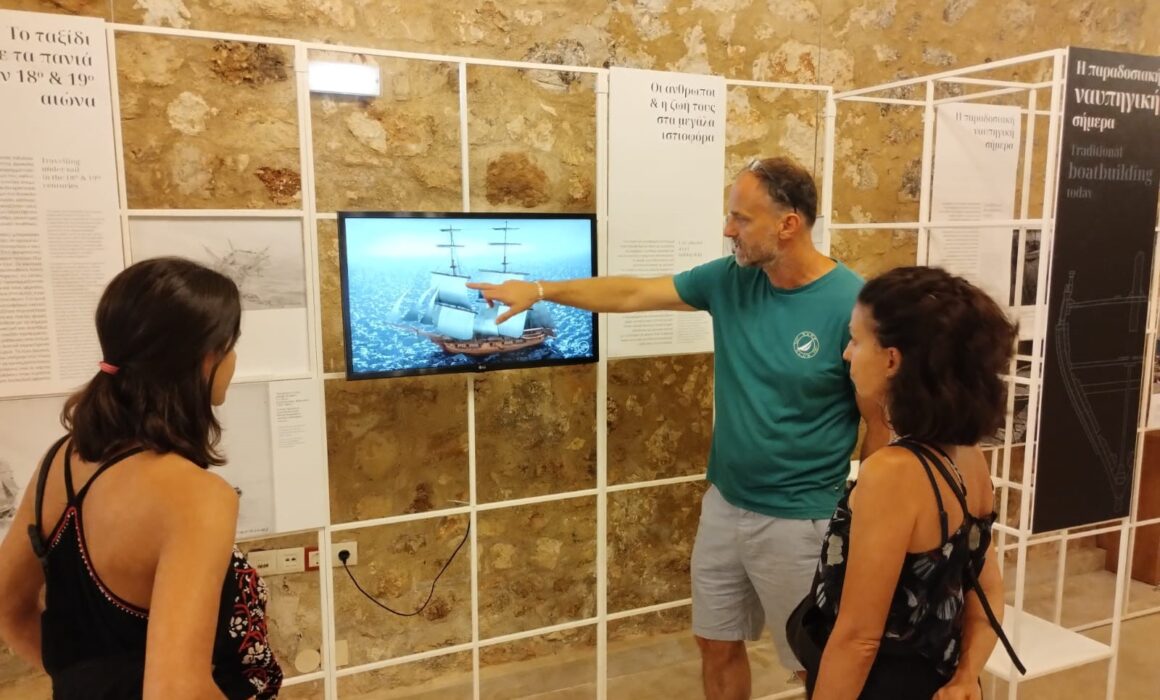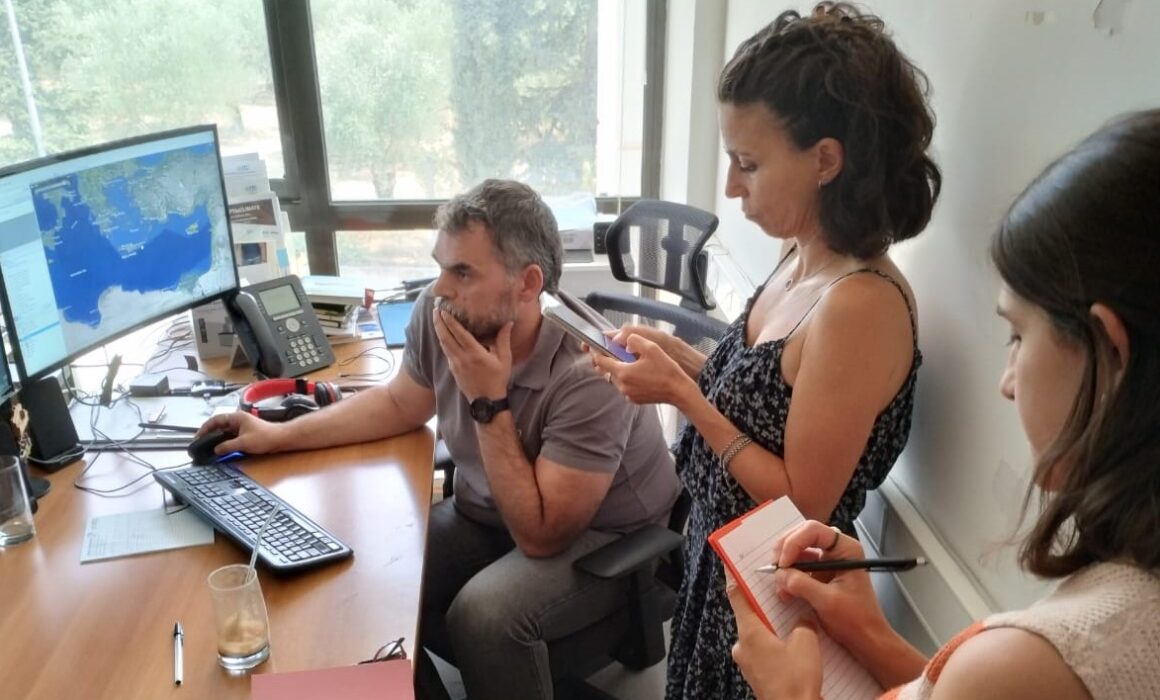The TECTONIC project continues furthering the academic exchange between institutions.
During July, researchers of the Coastal & Marine Research Laboratory (CMRL) from the Institute of Applied & Computational Mathematics (IACM), at the Foundation for Research and Technology (FORTH Hellas) hosted an array of activities for the visiting members of the National Scientific and Technical Research Council (CONICET) and the Ministry of Culture of Argentina.
As part of this stay, researchers at the CMRL have shared their extensive experience modelling coastal processes, geophysical surveys, and risk assessment on coastal environments in various archaeological sites in coastal Crete. One of the main focuses of this exchange was the assessment of hydrodynamics in the area of Puerto Madryn (Argentinian Patagonia), and how waves may have influenced, affected, and formed different archaeological sites located underwater and in the intertidal zone of the coast, including the pilot site of TECTONIC project.
In this framework, coastal archaeological sites where CMRL-FORTH has worked were visited, including the Hellenistic-Roman harbour of Lasaia, the Hellenistic to Byzantine settlement of Olous, submerged remains of a Roman villa at Ierapetra, and a Roman fish farming tank near Kaki Skala beach.
The Argentinean colleagues (Ministry of Culture and CONICET) also assisted a series of exhibitions focusing on underwater cultural heritage: the travelling exhibition at IMS-FORTH “From counter stern to stem: sailing ships of the 18th and 19th centuries” (Rethymno) and the exhibition of four shipwrecks recovered by J. Y. Cousteau in 1976 from Dhia island, located at the Venetian Fortress Rocca a Mare/Koule (Heraklion). Through the combination of archaeological artefacts, photographs, and 3D digital representations using virtual and augmented reality, these exhibitions are good examples of the dissemination of UCH.
The researchers of CMRL, Ministry of Culture, and CONICET also held meetings with different institutions from FORTH linked to research and management of cultural heritage: the Centre of Maritime History (CMH) and the Laboratory of Geophysics, Satellite Remote Sensing & Archaeoenvironment (GeoSat ReSeArch Lab) of the Institute of Mediterranean Studies (IMS), the Photonics for Heritage Science Group of the Institute of Electronics Structure and Laser (IESL), as well as the authorities of the Ephorate of Underwater Antiquities in Crete (Ministry of Culture of Greece).







Leave a Reply